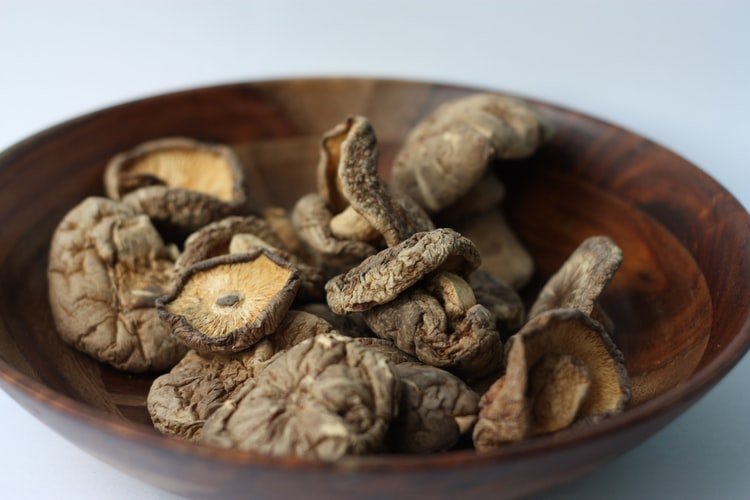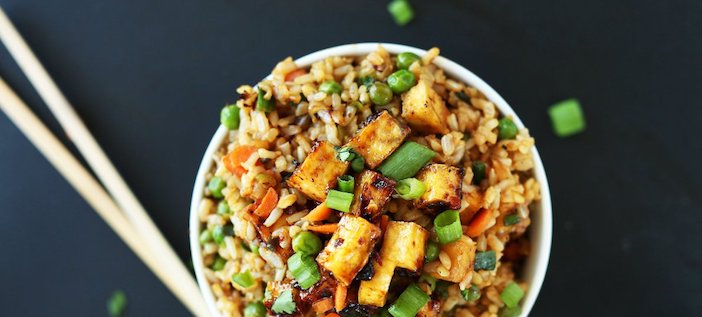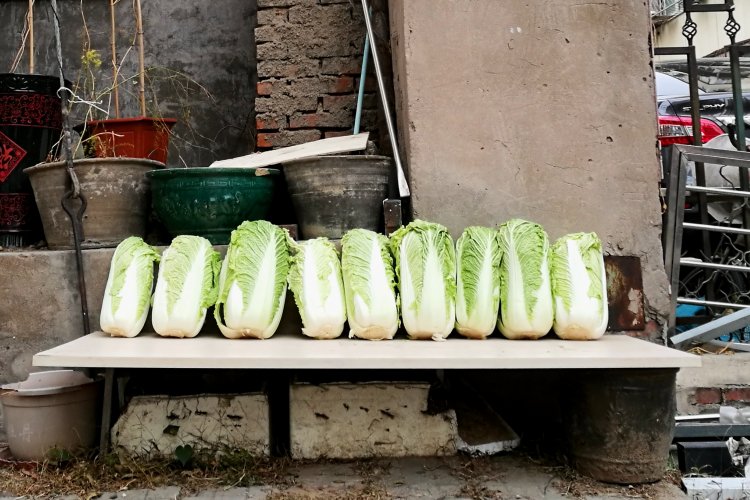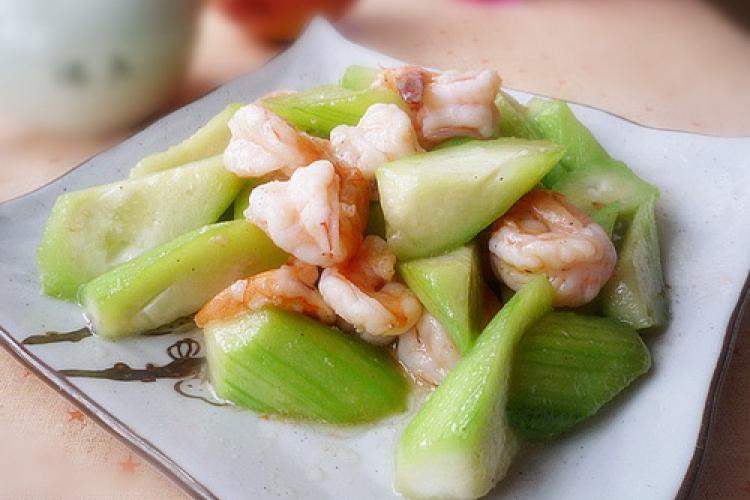Essential Ingredients to Cooking Healthy Grub, Chinese Style!
Although dining in many fanguanr in Beijing immediately brings to mind pools of soybean oil, abundant MSG and questionable quality, Chinese cuisine itself is truly one of the world’s healthiest. Overwhelmingly consisting of fresh produce and grain, the biggest hurdle expats face when eating out is the whole “restaurant conundrum.” Businesses would rather overuse salt, sugars and fats to hook you in, while, in contrast, many Chinese homemakers make healthier fare for their own families.
So instead of takeout, try this: Here are some simple, essential pantry items to make delicious, healthy Chinese or fusion-inspired dishes in your own kitchen.
Whole Grains

If made correctly, brown rice is every bit as fluffy and delicious as white rice. Rice is a seed, and seeds need to germinate. Wash your brown rice in several changes of water and allow to soak overnight or for up to 24 hours in the fridge. Remove from soaking water, and cook in a rice cooker with a 1:2 water ratio and a tablespoon of sesame oil to bring out the nuttiness of the rice.
Dried Items

For a rich depth of flavor, use reconstituted dried mushrooms, seaweed, shrimp and/or scallops in dishes. Homemade pork bone broth can be reduced, frozen and used like iced bouillon cubes, adding meaty deliciousness to stir fried veggies.
Umami Flavors

Use a nice, organic soy sauce and deploy it sparingly – for example, to deglaze a wok, rather than that common laowai mistake of dumping it directly into all dishes. Experiment with sea salt, bamboo salt, powdered nori or Himalayan sea salt for different xian (salty) textures and flavors.
Eggs

There is a reason (or several, actually) Chinese buy massive boxes of eggs at the supermarket; They are versatile, one of the most egg-cellent sources of protein – and maybe best of all – very inexpensive.
Soy

Soy milk and tofu are obvious choices, but what about making dishes like marinated dried tofu grilled with chili and cumin, or a cold dish of tofu threads with rice vinegar, cucumbers, chili, and coriander? These are just a few examples of the many ways you can use soy to liven up your DIY Chinese food experience.
Peanuts
Roast them in a bit of good oil and salt until they start to crack. Roasted peanuts store well and you can use them in cold dishes or grind them in a coffee grinder to sprinkle on salads or stir-fries, or even thicken sauces. Other tree nuts (almonds, cashews, chestnuts, pecans, pistachios, pine nuts, and walnuts) also work.
Using a Healthier Oil
Camellia, which is tea seed oil, and rice bran oil are great choices to lighten up those oily Chinese staples. They have a high smoke point, a light flavor, and are considered amongst the best for health.
Pickles

Consider making your own paocai (pickles); cucumbers, carrots, daikon, cabbage, garlic, chili, or anything like it. They store for long periods, are great for gut flora and boost umami in a variety of dishes. Just make sure you sterilize jars beforehand in boiling water, and store away from sunlight.
READ: EAT: Sunday Brunch at Zarah, Dinner with Strangers, Chili Pepper Eating Competition
Photos: steamykitchen.com, UNSPLASH







